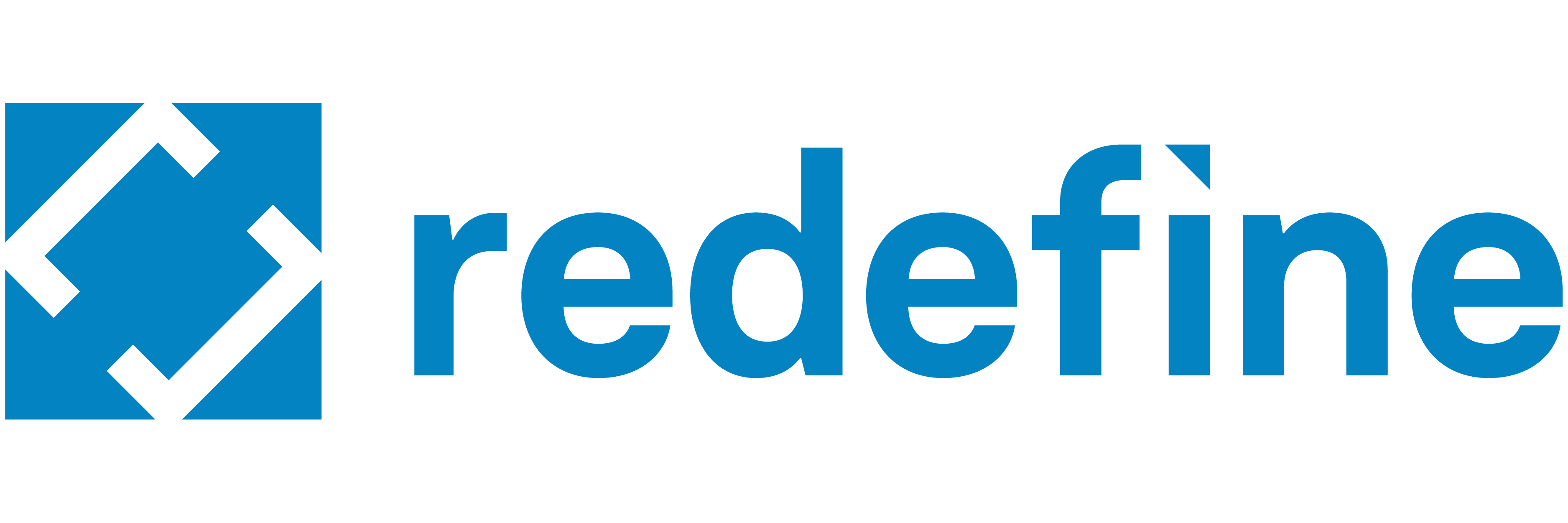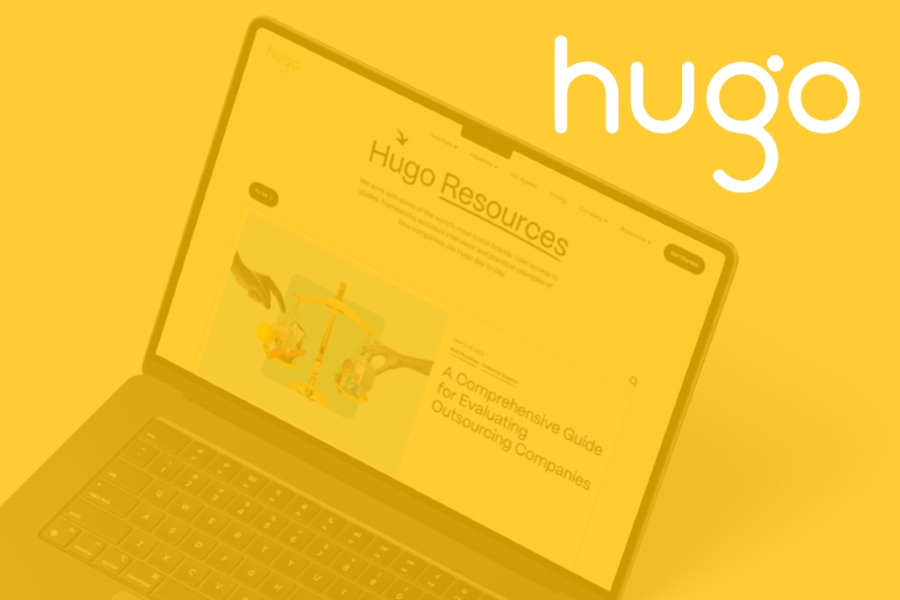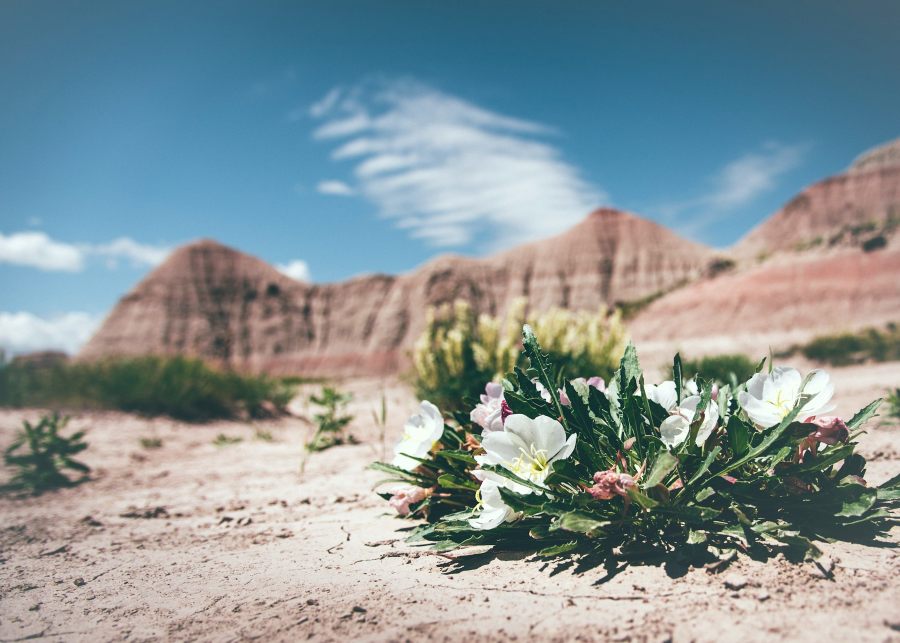- Relevant, high-quality images are essential for grabbing attention, boosting SEO, and making your blog look professional.
- Only use images you have the right to use: Avoid random Google images and stick to royalty-free, Creative Commons, or purchased stock photos.
- Free and paid image sites each have pros and cons. Free is budget-friendly but often overused; paid offers uniqueness and higher quality.
- AI-generated images can be creative tools, but quality, consistency, and ethical concerns make them risky for featured blog visuals.
- Always optimize images for the web by compressing file size, using alt text, and maintaining proper aspect ratios for faster load times and better SEO.
- Customize your images when possible with branding, overlays, or filters to keep your visuals on-brand and memorable.
Picture this: You’ve just written a great blog post. You hit “publish” and wait for readers to flood in. But your post is looking a bit… meh. Where’s the eye candy? With a WordPress blog, especially, you’ll need a killer visual that’s optimized with the correct WordPress blog featured image size.
Although blogging is a text-based medium, images are a critical component for your blog’s success. Whether it’s your featured image that grabs your reader’s attention on social media and search results, or those little graphics that break up the monotony of text inside your posts, images are like magic dust. They make your content pop, keep readers engaged, and can even help with SEO.
So how do you find the best images for your blog? And what exactly makes an image “blog-worthy”? What about copyright laws or AI images? Grab your beverage of choice, and let’s dive into the ultimate guide for finding and using blog images like a pro.

What makes a good blog image?
Before you start hunting for photos, ask yourself: What kind of vibe am I going for?
A blog-worthy image isn’t just about looking pretty. It’s about:
1. Relevance
Your image should match your blog’s content and message. If your post is about “Top 10 Travel Destinations,” don’t use a random city skyline just because it looks cool. It should tell a story or support your points.
2. Quality & resolution
Pixelated or blurry images scream “amateur hour.” Aim for crisp, clear photos with high enough resolution to look good on all devices – especially mobiles and high definition screens. Usually, a minimum of 1200px width is safe for featured images.
However, keep in mind that image size varies depending on your blogging platform. If you use WordPress, which is one of the most popular blogging platforms, you’ll need to ensure you follow the WordPress blog featured image size of 1200px x 628px.
3. Consistency with your brand
Are your blog colors bright and bold? Soft pastels? Black and white minimalism? Choose images that fit your overall style for a cohesive look. You can also customize your photos with filters or overlays in free editing tools like Canva.
4. Composition & focus
Images with good composition (think: rule of thirds, balanced elements) and a clear focal point will grab attention. By contrast, busy or cluttered photos can overwhelm readers or distract from your message.
5. Emotion & storytelling
Great blog images evoke feelings or curiosity. A smiling face, a scenic view, or an intriguing close-up can connect with readers on a very human level. Humorous images also stand out.
Just remember our first tip and make sure that the emotions behind your images are relevant to your content. If you’re writing about a serious topic, your images probably shouldn’t be silly or whimsical.
6. Readable for text overlays
If you plan to add text on top of your featured image, make sure there’s enough contrast so words pop without losing readability.
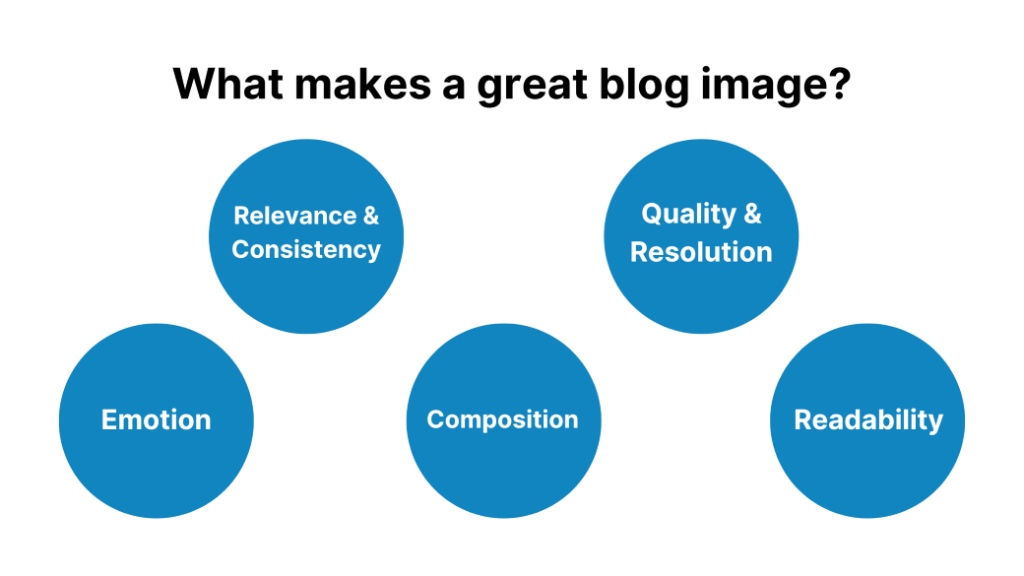
Blog image copyright issues
Now that you understand the elements behind a great blog image, including the WordPress blog featured image size, you can start searching for that perfect pic! But slow down before you hit “save” on your Google Image Search. Not all images on the Internet are free to use.
When you grab a photo off Google, it might be copyrighted and legally protected. Using someone else’s photo without permission can land you (and/or your business) in hot water. You may face legal headaches like cease and desists or takedown notices.
So what’s the smart move?
- Use royalty-free or Creative Commons licensed images (with the right attribution).
- Buy images from reputable stock photo sites.
- Create your own visuals or hire a graphic designer or photographer.
- Use AI-generated images carefully (more on that soon).
But remember that “royalty-free” doesn’t always mean “free.” It just means you pay once and can use the image multiple times within the license terms.
Where to find the best blog images
While the best blog images would be original photography or one-of-a-kind illustrations created just for your brand, this isn’t always feasible. If you’re a small business with a limited budget or an individual blogger, your best option is selecting images created by others.
There are many excellent resources for finding blog images online, including images that fit the WordPress blog featured image size. Here are some of our favorite stock image and photography sites:
Paid stock photo sites
Pros: High quality, huge libraries, professional-grade images, and easy licensing.
Cons: Can be pricey if you’re on a tight budget, especially for extended licenses or exclusives.
- iStock: Affordable and vast collection.
- Shutterstock: Huge library, great for any niche.
- Adobe Stock: Integrated with Creative Cloud apps.
- Depositphotos: Flexible subscription plans.
- Getty Images: Premium, editorial, and exclusive photos.
Free stock photo sites
Pros: No cost, great for small budgets or quick use.
Cons: Popular images are overused, quality varies, and licensing can get tricky.
- Unsplash: Beautiful, high-res, free for commercial use.
- Pexels: Wide variety and easy to search.
- Pixabay: Includes photos, vectors, and videos.
- Burst by Shopify: Great for business and marketing themes.
- Freepik: Free with attribution; premium plans available.
Pro Tip: Always double-check the license and whether attribution is required.
Niche & specialty image sites
Sometimes you want something super specific:
- Foodiesfeed: For mouth-watering food shots.
- Reshot: Curated free photos & illustrations with an authentic, original vibe.
- StockSnap: Trending and fresh photos regularly added.
What about AI-generated images for blogs?
AI image generators like DALL·E, Midjourney, or Stable Diffusion have exploded in popularity. They create unique visuals from your custom text prompts. Sounds like a dream, right? While you can use AI tools to generate images for your blogs, it’s not always recommended. Consider the pros and cons of using AI images below:
The Pros:
- Unique and custom-made: No one else has the exact image.
- Fast turnaround: Generate images in seconds or minutes.
- Creative freedom: Experiment with surreal or abstract visuals.
- No licensing fees (depending on the tool and usage terms).
The Cons:
- Quality varies: AI can produce weird or imperfect details, such as humans with six fingers or text that looks like gibberish.
- Consistency challenges: Getting a uniform style for all blog images can be tricky.
- Environmental impact: AI tools currently use up tremendous natural resources, so every time you ask the AI to revise your image, you’re wasting energy and other natural resources like water.
Additionally, there are many ethical and legal questions around the use of generative AI art. AI image generators are trained on original works by human artists. As a result, many artists’ rights organizations are engaging in legal battles against AI. This may result in future licensing issues. Although the images are generated just for you, they often resemble another artist’s work. Some people may accuse you of plagiarism.
Bottom line: AI can be a fantastic tool for supporting graphics, thumbnails, or abstract visuals. However, they’re not always the best choice for every blog post or featured image, especially if you want a clean, consistent, and professional look. Public opinion is also mixed about AI images. Some readers may think negatively of your brand if they catch you using too many gen AI images.
Tips for using blog images like a pro
1. Optimize for speed
Big images can slow down your website. Use tools like TinyPNG or ImageOptim to compress images without losing quality. Aim for images under 100 KB to optimize your website’s speed.
2. Use alt text
Alt text isn’t just for accessibility. Also, it’s an SEO goldmine. Describe your images clearly and include relevant keywords naturally.
3. Mix it up
Use a combination of photos, illustrations, screenshots, and infographics to keep readers interested.
4. Customize images
Adding your brand’s colors, logo, or text overlays can help your images stand out and reinforce brand identity.
5. Maintain aspect ratios
Different platforms like social media and your blog may require different image dimensions. Use something like Canva’s preset sizes or other design tools to crop images without distortion. This is useful if you’re looking to optimize images for WordPress blog featured image size.
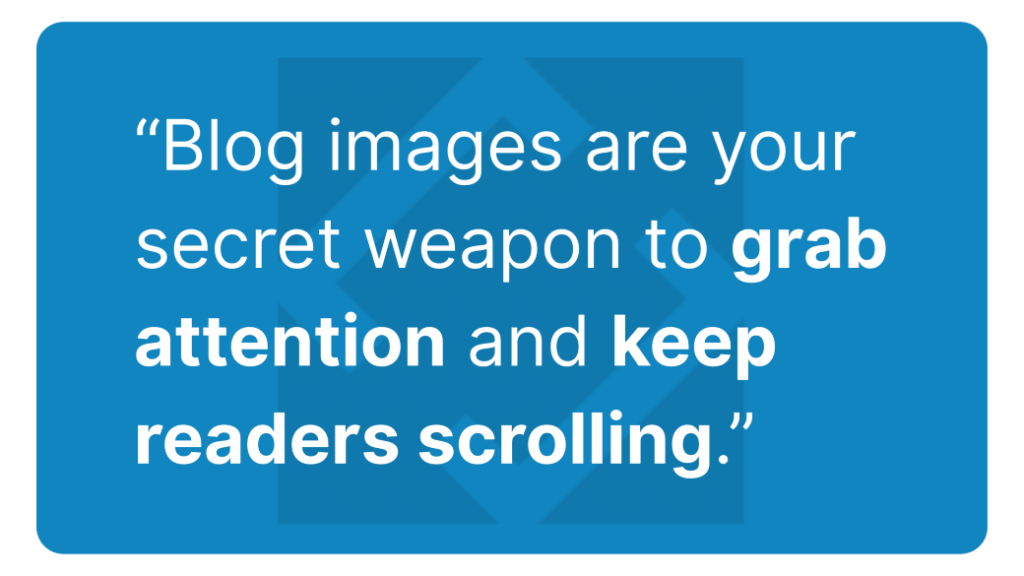
Better blog images = better blogs
Great blog images are your secret weapon to grab your readers attention, keep them scrolling, and improve your blog’s readability.
Here’s a quick TL;DR checklist:
- Choose images that match your message and vibe
- Use high-resolution, clear photos or graphics
- Always check licensing and respect copyright
- Mix paid, free, and AI-generated sources intentionally
- Optimize images for fast loading and SEO
And most importantly, have fun experimenting! When you nail your visual style, readers won’t just read your words. They’ll also feel your story.
Need help finding the best images for your blog? Contact the team at Redefine today for a free discovery call.
